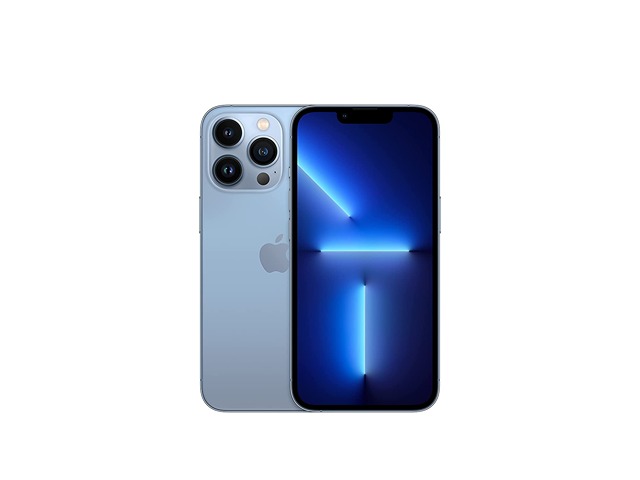More Specifications Info – Apple iPhone 13 Pro Review
Because cellular phones are relatively comparatively pricey, purchasing them is not an everyday job. So, if you decide to purchase a new one, make sure to get the appropriate mobile phone for you. This Apple iPhone 13 Pro review is your best resource for understanding the meanings of the majority of Apple iPhone 13 Pro specs, which will allow you to make an informed decision.
Apple company announced Apple iPhone 13 Pro smartphone model on 9/14/2021 and Released 2021, on September 24. However, this model’s status in the market is Available.
Apple iPhone 13 Pro has 6.1 inches, a 90.2 cm2 screen size, and Scratch-resistant ceramic glass as a display protection that is designed to protect the screen when the phone drops on hard and jagged surfaces.
Apple iPhone 13 Pro has 128GB 6GB RAM, and 3095 mAh battery life (the more mAh value gives more strength to the battery). When you purchase Apple iPhone 13 Pro, you will gain a 12 MP, f/1.5, 26mm (wide), 1.9µm, dual pixel PDAF, sensor-shift OIS rear camera and 16 MP, f/2.5, (wide), 1/3.06″, 1.0µm selfie camera.
Apple iPhone 13 Pro comes with the following performance and platforms:
* iOS 15, up to iOS 15.5, planned upgrade to iOS 16 OS,
* Apple A15 Bionic (5 nm) Chipset,Hexa-core (2×3.23 GHz Avalanche + 4×1.82 GHz Blizzard) Processor.
To get a full good Apple iPhone 13 Pro review and make a wise decision on what device you will purchase, continue reading this article.
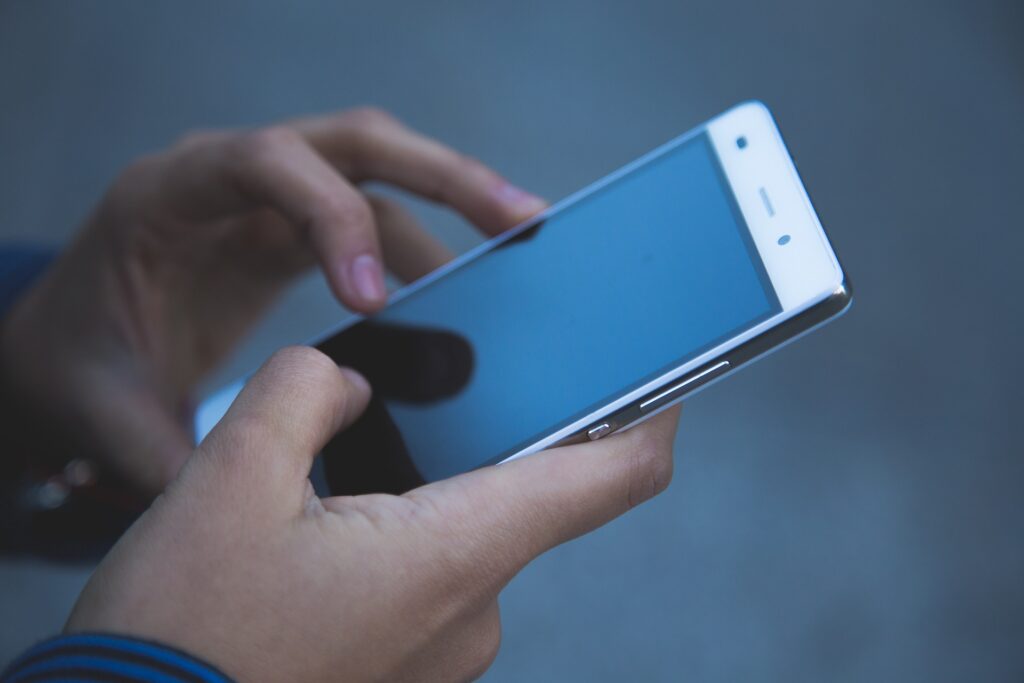
Apple iPhone 13 Pro Review of The Body Features
People are often interested in the mobile phone’s body features, which prompted most mobile phone producers to use a considerable part of the company’s research and budget to develop this aspect of phones so that it suits all the aspirations of the consumer. In the following lines, you will see the Apple iPhone 13 Pro review, which represents the most important details related to the body of this device.
* Body Dimensions: 146.7 x 71.5 x 7.7 mm (5.78 x 2.81 x 0.30 in) which means height, width, and thickness (depth) respectively.
* Body Weight: 204 g (7.20 oz).
For mobile phones, a weight between 140g to 170g is deemed appropriate for most consumers.
* Body Build: Glass front (Gorilla Glass), glass back (Gorilla Glass), stainless steel frame.
Here are the most popular body types of cellular phones:
* Metal. In order to give the inside components of mobile phones the maximum protection, some manufacturers build the phones’ bodies out of metal..
* Glass. Devices whose body is made of glass may look more attractive, but this kind is not considered sturdy when fulling on hard surfaces.
* Plastic. This type is very functional, so it is the most widespread one in the industry of mobile phone bodies.
How to Choose Your Best Color? Apple iPhone 13 Pro Review
It is relatively important to take care in selecting the color of the cellular phone because the colors reflected from the device will affect adversely or favorably the colors that you see on the display screen.
Apple iPhone 13 Pro comes in the following colors: Graphite, Gold, Silver, Sierra Blue, and Alpine Green.

Knowing Display specifications Using Apple iPhone 13 Pro Review
The user interface’s main part is the smartphone’s screen., Therefore, it’s crucial to understand all of its aspects., then you will be able to choose a smartphone with a screen that provides your needs.
The following lines represent the main specifications of the Apple iPhone 13 Pro. screen
Display Type: Super Retina XDR OLED – Note to go for a display type that gives more glaring colors and actual black..
Refresh Rate: 120Hz – The refresh rate (measured in Hertz (Hz)) is how frequently a screen recreates an image. Better image quality and less motion blur are produced by raising the refresh rate.
Display Size: 6.1 inches, 90.2 cm2 – The common standard screen size of cellular phones now averages between 4.7 and 6.5 inches.
Display HDR: HDR10 – This signifies that an image has a significant contrast between its lightest and darkest areas.
Display Nits Peak: 1200 nits (peak). It is the brightest possible light. sent out by the screen. Values above 500 nits is good to use on a sunny day.
Display Nits HBM: 1000 nits (HBM).
Display Nits Full: 1200 nits (peak), 1000 nits (HBM).
Screen To Body Ratio: (~86.0% screen-to-body ratio). It provides the percentage of how much the display covers the front side. Smartphones that have the largest screen-to-body ratio look delicate and give them a premium look.
Display Ratio: 19.5:9 ratio. The aspect ratio is the relevance between the height and width of the smartphone screen. Taller aspect ratios like 19.5:9 is coming with the most modern smartphones, and it is suitable for web browsing, and other portrait orientation apps.
Display Resolution: 1170 x 2532 pixels. It is the clarity of an image video in detail and sharpness. The pixel resolution for high-definition screens is 1920 x 1080.
Display Density: (~460 ppi density). It is the number of physical pixels per inch on a screen and is measured in Pixels Per Inch (ppi).
Display Protection: Apple iPhone 13 Pro comes with the following display protection:
* Scratch-resistant ceramic glass
*oleophobic coating
* Scratch-resistant ceramic glass, oleophobic coating.
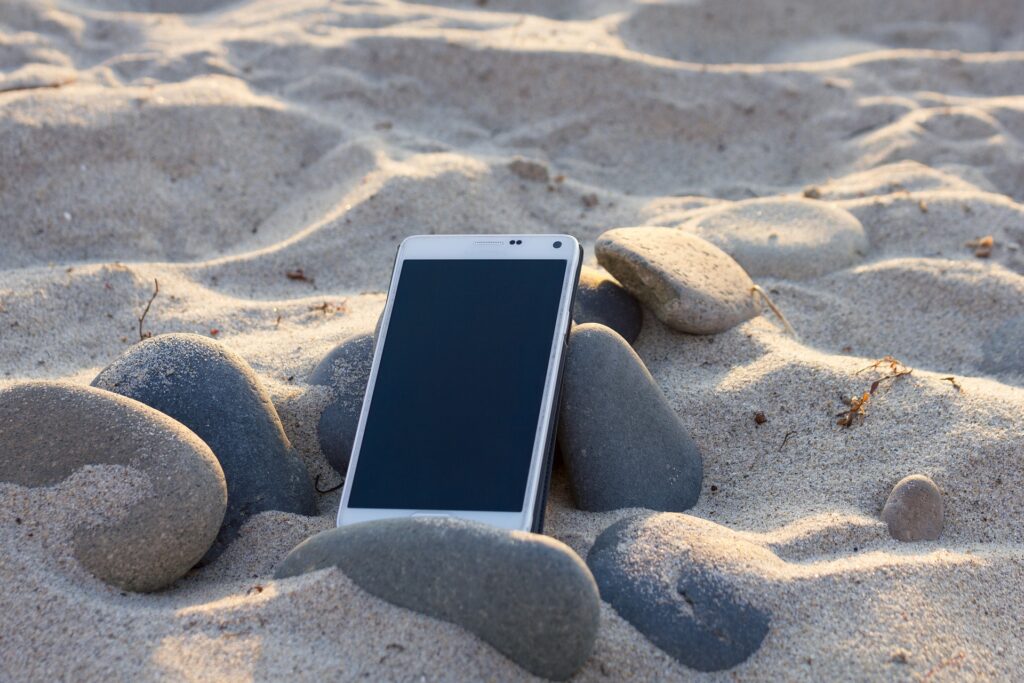
Knowing Camera Specifications Using Apple iPhone 13 Pro Review
In the following lines, you will find Apple iPhone 13 Pro review about the main cameras.
* Main Camera Single: {12 MP, f/1.5, 26mm (wide), 1.9µm, dual pixel PDAF, sensor-shift OIS}.
The following lines explain some of the symbols included in the camera specifications:
MP (Megapixels) is the resolution of the image taken by a mobile phone.
(f value) is the aperture of a lens that indicates how much light it lets in. The larger the aperture, the more light is let in; conversely, a smaller aperture lets in less light.
(mm value) This measurement is of the lens’s focal length, which affects the final image that is produced by your camera.
AutoFocus (AF) is the function of a camera to automatically focus on a subject.
* Main Camera Dual: 12 MP, f/2.8, 77mm (telephoto), PDAF, OIS, 3x optical zoom
* Main Camera Triple: 12 MP, f/1.8, 13mm, 120˚ (ultrawide), PDAF
* Main Camera Quad: TOF 3D LiDAR scanner (depth)
The main camera features are as follows:
HDR (photo/panorama), 4K@24/30/60fps, 1080p@30/60/120/240fps, 10‑bit HDR, Dolby Vision HDR (up to 60fps), ProRes, Cinematic mode, stereo sound rec. main video camera.
Here is the Apple iPhone 13 Pro review of the selfie camera:
* Selfie Camera Single: 16 MP, f/2.5, (wide), 1/3.06″, 1.0µm
The main camera specifications are:
1080p@30/60fps Selfie video camera.
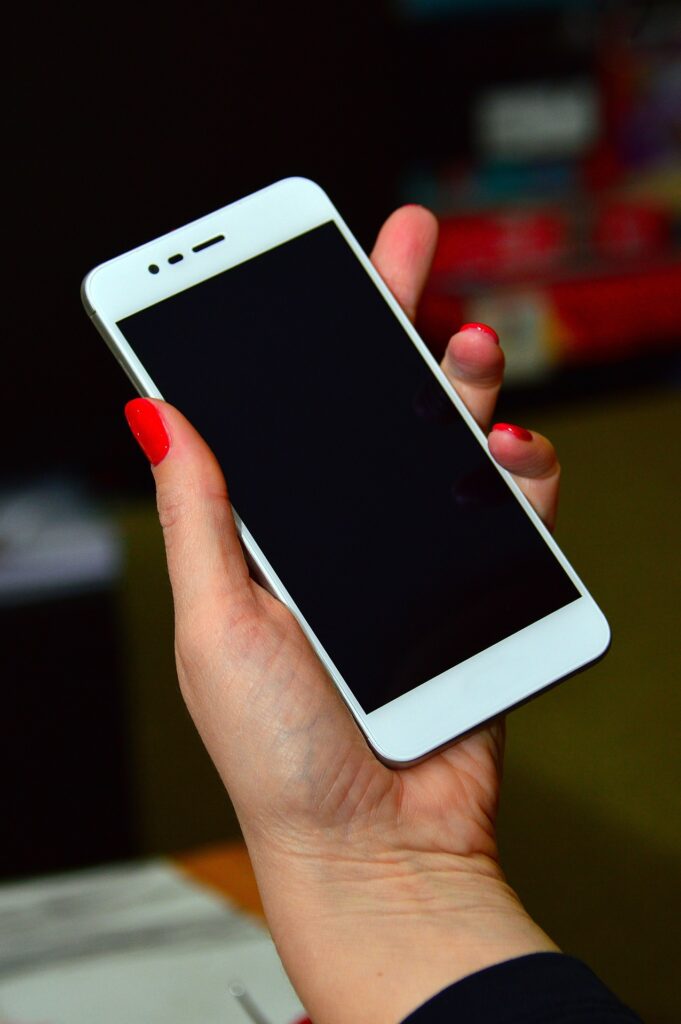
Knowing The SIM characteristics By Reading Apple iPhone 13 Pro Review
A SIM card, also known as a Subscriber Identity Module, is an electronic card that stores information including user identity, phone number, network authorization data, personal security keys, and contact lists. A SIM card connects a cellphone to a specific mobile network to use its features, like making calls, and connecting to internet services such as 3G, 4G LTE (please refer to Apple iPhone 13 Pro 3G or Apple iPhone 13 Pro 4G articles ) and 5G, or sending SMS messages. Please note that it’s possible to use your cellphone without a SIM card as a personal assistant device.
This cellular phone model comes with Single SIM (Nano-SIM and/or eSIM) or Dual SIM (Nano-SIM/eSIM, dual stand-by) card. For more info, refer to the How to insert SIM card in Apple iPhone 13 Pro article.
Here are the popular SIM card kinds:
* Nano-SIM. It is the smallest removable SIM card size, so it is the most modern one (other than eSIMs, which we’ll talk about it very soon) and most modern smartphones are using it.
* Micro SIM. They have a slightly larger chip, and they’re rarely been used in recent years.
* Standard SIM (Mini-SIM). It is the biggest SIM card size in use, and it’s the most rarely used.
* eSIM. It is an embedded SIM card, meaning that you can’t remove it from your smartphone.
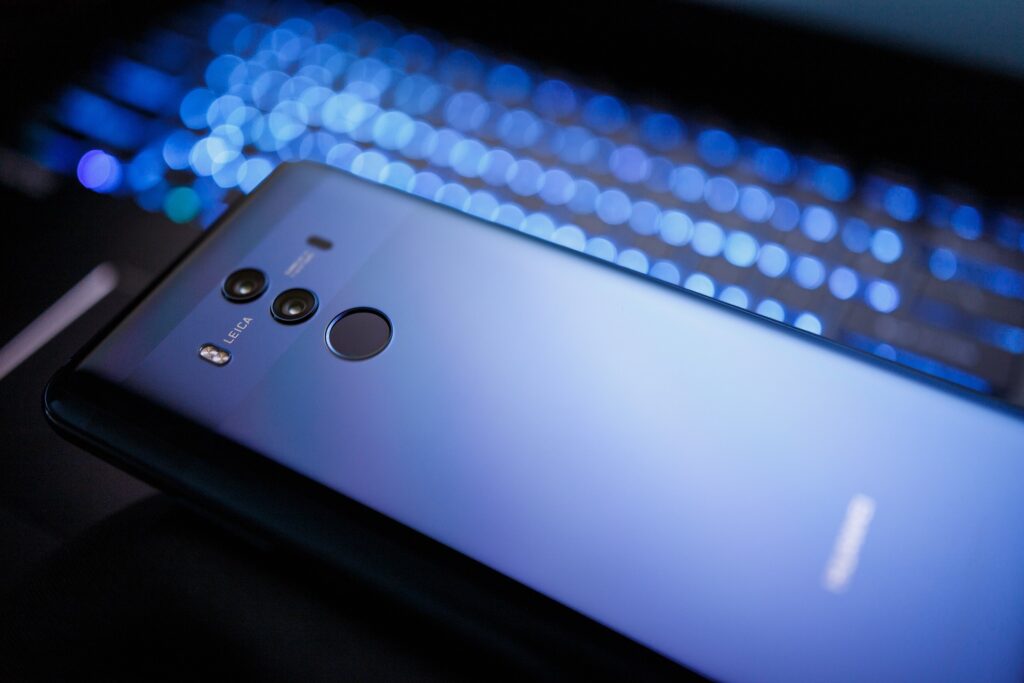
Chipset, CPU, and GPU – Apple iPhone 13 Pro Review
This model has Apple A15 Bionic (5 nm) chipset.
Advanced embedded chipsets in mobile phones allow for performing many different tasks depending on their programming. They are built-in as part of the complete device including hardware and mechanical parts. The most famous chipset kinds are QUALCOMM Snapdragon, INTEL ATOM, and MediaTek CHIPSETS…
Apple iPhone 13 Pro has Hexa-core (2×3.23 GHz Avalanche + 4×1.82 GHz Blizzard) CPU.
CPU (Central Processing Unit) performance is vital for the daily user experience. Thus, the higher the number of cores and the higher the processing speed the better the performance will be…
Apple iPhone 13 Pro has the following GBU (Graphics Processing Unit): Apple GPU (5-core graphics).
This chip is responsible for handling all graphics jobs. In fact, Users are now more aware of the many types of GPU chips included in mobile chipsets and occasionally take their performance into account when making purchases.
Knowing About Storage specifications – Apple iPhone 13 Pro Review
One of the fundamental deciding factors, when you want to purchase a new smartphone, is the amount of storage it offers. and the following internal memory: 128GB 6GB RAM – 256GB 6GB RAM – 512GB 6GB RAM – 1TB 6GB RAM
There are two types of phone memory:
Internal: It is built into the phone, and can’t be extended. These days, most cellular phones come with internal storage of at least 32GB or 64GB and a few high-end models feature 256GB or 512GB.
External: It is a removable SD card used as alternative storage to store photos, music, videos, etc., regardless of the type of SD card slot.
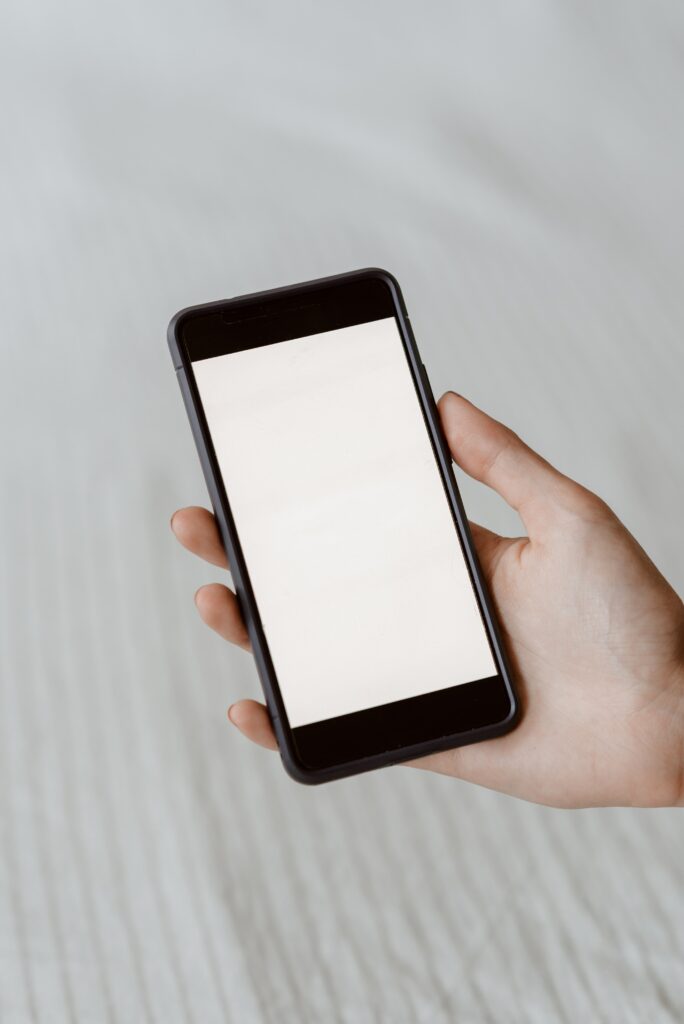
Mobile Networks and communication – Apple iPhone 13 Pro Review
Mobile networking is a term used to describe technologies that can support wireless voice and/or data network connections. Three kinds of mobile networks are available: 3G, 4G (LTE), and 5G. All of it is working on the most modern cell phones. However, 5G has been designed with an expanded capacity to enable next-generation user experiences, support innovative deployment models, and offer more enhanced services.
Apple iPhone 13 Pro supports the following networks: 3G. For more info, refer to Apple iPhone 13 Pro 3G article. – 4G. For more info, refer to Apple iPhone 13 Pro 4G article.
Available Wireless Connections – Apple iPhone 13 Pro Review
This model comprises the following wireless connections:
* WLAN connection: {Wi-Fi 802.11 a/b/g/n/ac/6, dual-band, hotspot}. Wireless Local Area Network uses Wi-Fi to communicate to the home or office wireless network using the local router and offers Internet access.
* Bluetooth connection: {5.0, A2DP, LE}. It is a common wireless communication protocol used to connect two devices together over short distances, allowing them to share data between different devices.
* GBS connection: {Yes, with A-GPS, GLONASS, GALILEO, BDS, QZSS}. Global Positioning System enables cellular phones to define any position you need.
* NFC connection: {Yes}.Near Field Communication is a wireless technology that enables your phone to transfer data to another device when they’re close together, so it’s generally used for contactless payments. For more information, refer to NFC on Apple iPhone 13 Pro article.
* USB connection: {Lightning, USB 2.0}.Universal Serial Bus is wired technology that allows users to connect two devices, such as a smartphone with a PC, to either transfer data or charge the connected device.
* Features Sensors: {Face ID, accelerometer, gyro, proximity, compass, barometer}. The sensor is a device that detects and majors the changes in the nearby environment such as ambient light and motion.
The Operating System – Apple iPhone 13 Pro Review
This model comes with {iOS 15, up to iOS 15.5, planned upgrade to iOS 16} operating system.
PHONE Review – The Battery Main Specifications
Nothing is more crucial than the cellphone’s battery, which powers these devices and grants daily life going.. In the following lines, you will see the Apple iPhone 13 Pro review of its primary battery.
* Battery Technology: {Li-Ion}.
* Apple iPhone 13 Pro comes with {a non-removable} battery.
* Battery Capacity: {3095} mAh. It refers to the storage capacity a particular battery can provide. A battery with a 3100 mAh capacity rating could supply a current of 3100 mA for one hour. Higher mAh ratings for the same battery type will usually mean longer working time.
* Battery Charging: {Fast charging 120W}.
* Battery Charging Time: {50% in 8 min}.
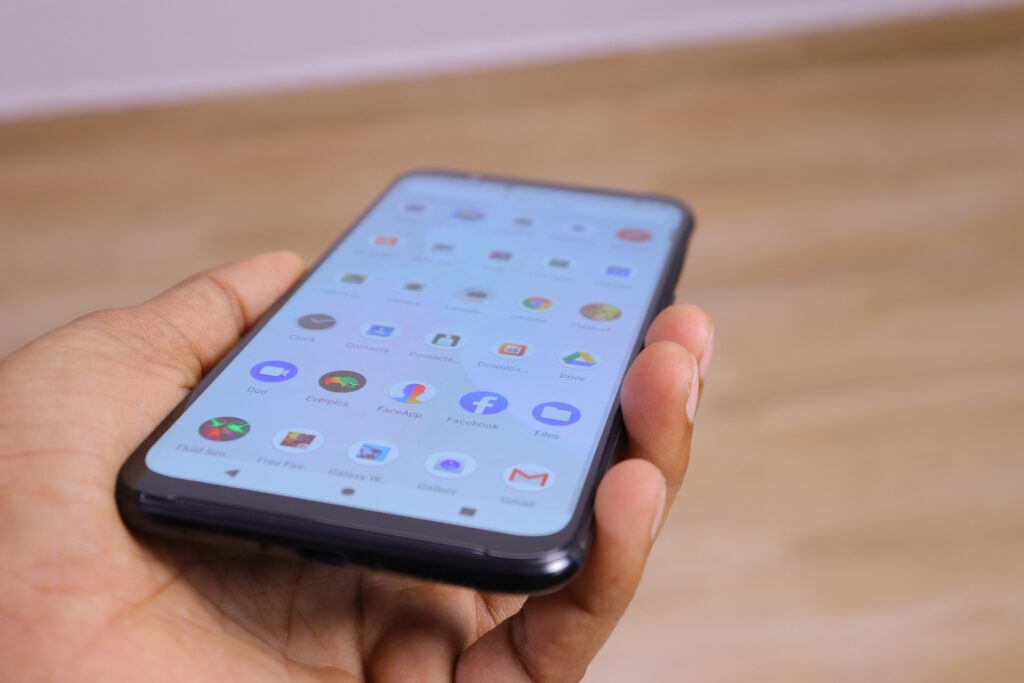
Apple iPhone 13 Pro Review of the Battery Secondary Specifications
In addition to the major Apple iPhone 13 Pro features that we mentioned earlier, this model has more battery-related characteristics that are relatively varied depending on the type of mobile phone. Here are these specs:
* Battery Charging Original: {Fast charging (23W, unofficial rating), 50% in 30 min (advertised), USB Power Delivery 2.0, MagSafe wireless charging 15W, Qi magnetic fast wireless charging 7.5W}.
* Second Type of Battery Charging Time: {100% in 20 min (advertised)}.
* Battery Wireless Charging: {Fast wireless charging 50W}.
* Battery Wireless Reverse Charging: {10W reverse wireless charging}.


